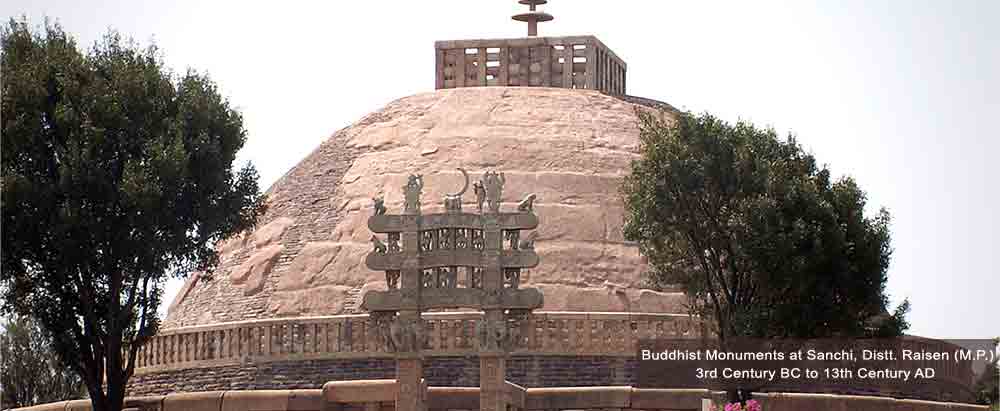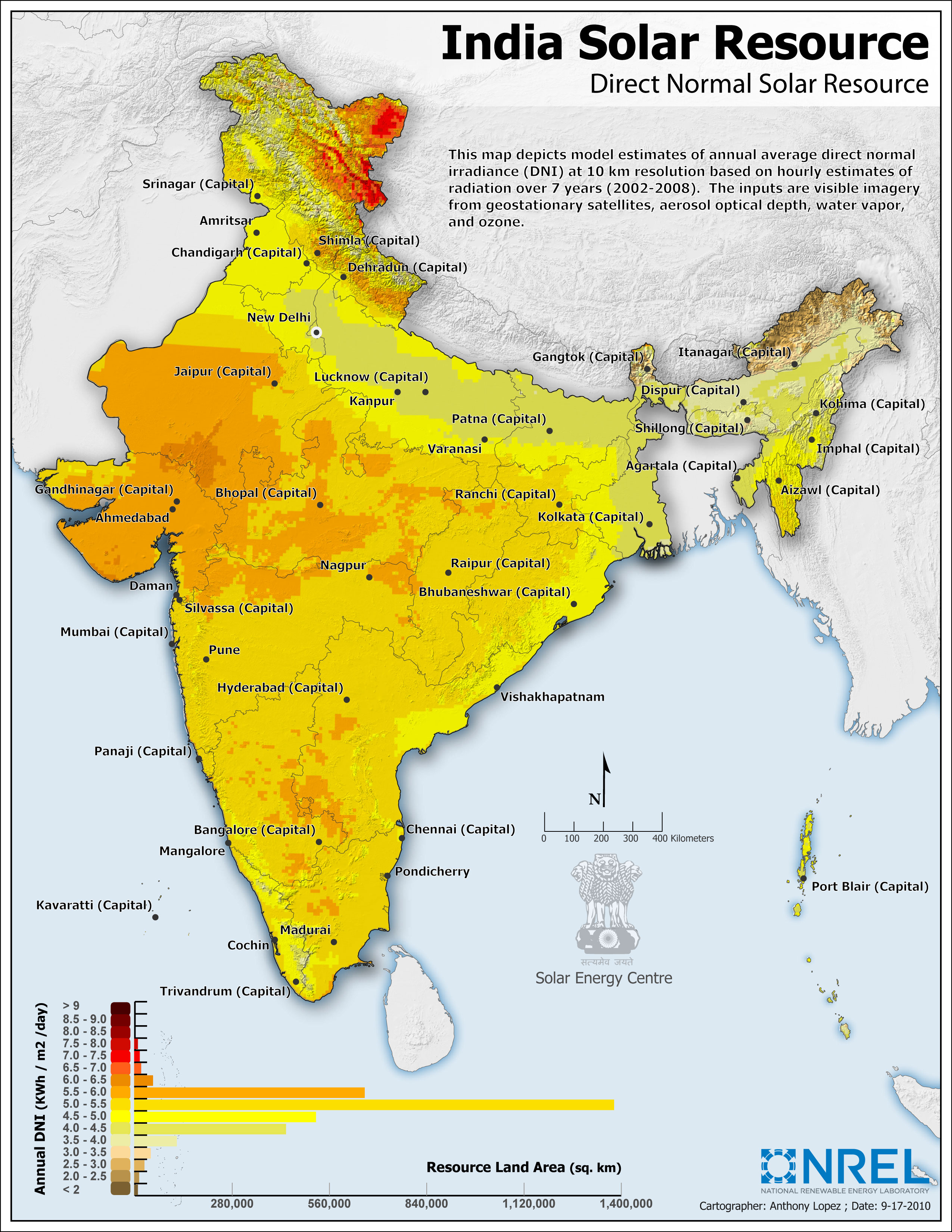2020. 2. 20. 08:01ㆍ카테고리 없음

There are 2 significant sources of Ancient Indian history – Literary and Non-Literary sources. This article describes both the sources of Ancient Indian History in detail. Textual SourcesWithin Literary sources, there are 2 crucial kinds of literature– Religious Texts and Non-Religious or Secular Texts Spiritual Literature. The earliest and reliable origins of ancient history are the Vedas which go back to 1500– 500 B.C.– the Rig Veda, Sama Veda, Yajur Veda, and Atharva Veda. The Rig Veda primarily includes prayers. The other 3, Sama, Yajur and Atharva-contain prayers, rites, magic and mythological tales. The other essential spiritual source are the Upanishads which contain philosophical conversation on Atma (soul) and Paramatma (supreme being).
The 2 epics of Ramayana and Mahabharata, which were eventually put together by A.D 400, are likewise essential literary spiritual sources. The Mahabharata includes the tales of the offspring of among the most ancient Vedic people called Bharata. The history of the post-Vedic era is chronicled in a great deal of ceremonial literature on ethical qualities called Sutras. These literary works was put together in between c.
600– 300 B.C. The spiritual texts of Jains (or Jainas) and Buddhists describe historic individuals and events associated with their particular religious beliefs. The earliest Buddhist books were composed in Pali.
They are termed Tripitakas (3 baskets) viz. Suttapittaka, Vinayapitaka, and Abhidhammapitaka. Of the most essential non-religious Buddhist books are the Jatakas. They include the accounts of the earlier birth of the Buddha.
The Jain sources were composed in Prakrit and were ultimately assembled in 6th century AD at Vallabhi in Gujarat. They are termed Angas and consist of the philosophical principles of the Jainas.Nonreligious SourcesThis group of literary works does not have faith as its style. To this classification belongs the Dharmashastras or the law-books which recommend the responsibilities for various social categories.

They laid out penalties for individuals liable of burglary, manslaughter, infidelity, and so on. The most ancient legislation publication is Manu Smriti composed by Manu.
Arthasastra of Kautilya offers abundant information for the research of the Indian economic situation as well as the polity of the Mauryan phase. Works on grammar are likewise occasionally valuable for historical reconstruction. The oldest, as well as one of the most essential focus on grammar, is the Ashtadhyayi created by Panini, which is determined by academics to around 700 B.C. The endeavors of Kalidasa that lived at the time of the Gupta phase consist of rhymes and also dramatization.

Written Source Of History
The renowned amongst them are Abhijananashakuntalam, Ritusamhara as well as Meghadutam. Rajtarangini created by Kalhana in the 12th Century A.D narrates the background of Kashmir carefully. Biographies or charitas are really vital non-religious messages for composing history. They were composed by court poets in appreciation of their patron kings. One such essential source is Harshacharita, created by Banabhatta in appreciation of Harshavardhana.
Importance Of Archaeological Sources For The Study Of Ancient Indian History
The literary works in the South were called the Sangam literary works as well as was composed in Tamil. The Sangam literary works are our significant resource for the research of south Indian culture, economic climate and also polity throughout BC300– AD300. The literary works contain brief as well as lengthy rhymes in appreciation of numerous heroes, composed most likely to be recited in the royal households. The crucial Sangam verses consist of the legends called Silpadikaram as well as Manimekali.